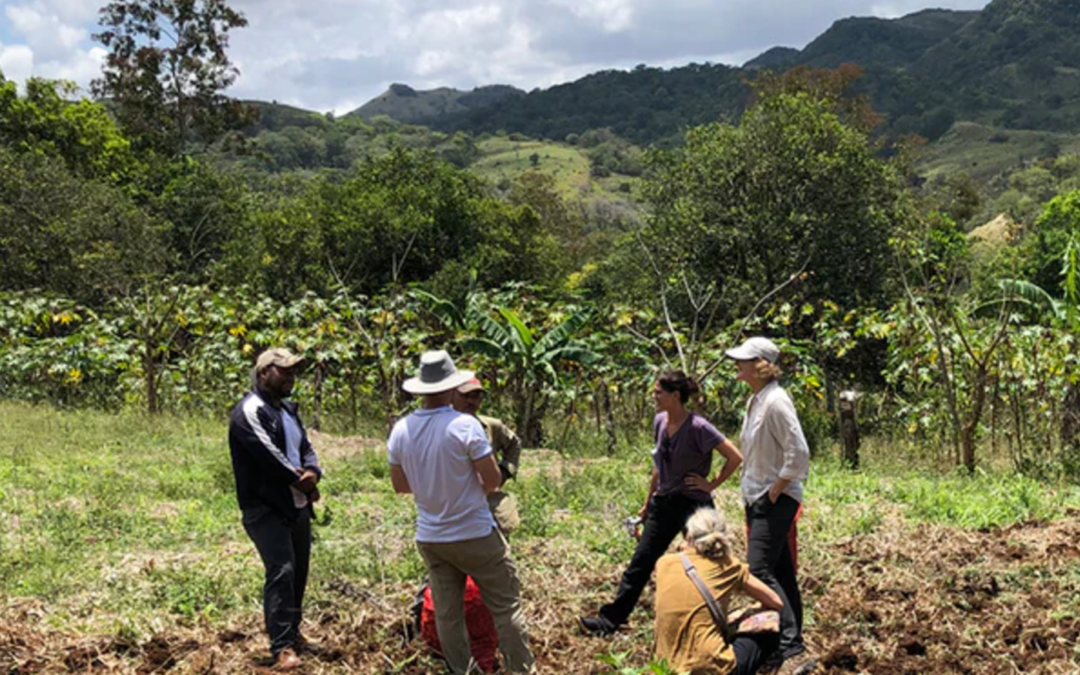
Responsible Sourcing? Theory and Evidence from Costa Rica
by Alonso Alfaro-Ureña, Benjamin Faber, Cecile Gaubert, Isabela Manelici, Jose P. Vasquez||
Multinational enterprises (MNEs) increasingly impose “Responsible Sourcing” (RS) standards on their suppliers worldwide, including requirements on worker compensation, benefits and working conditions. Are these policies just “hot air” or do they impact exposed suppliers and their workers? What is the welfare incidence of RS in sourcing countries? To answer these questions, the authors developed a quantitative general equilibrium (GE) model of RS and combine it with a unique new database. In the theory, they show that the welfare implications of RS are ambiguous, depending on an interplay between what is akin to an export tax (+) and a labor market distortion (−). Empirically,they combine the near-universe of RS rollouts by MNE subsidiaries in Costa Rica since 2009 with firm-to-firm transactions and matched employeremployee microdata. They find that RS rollouts lead to significant reductions in firm sales and employment at exposed suppliers, an increase in their salaries to initially low-wage workers and a reduction in their low-wage employment share. We then use the estimated effects and the microdata to calibrate the model and quantify GE counterfactuals. They find that while MNE RS policies have led to significant gains among the roughly one third of low-wage workers employed at exposed suppliers ex ante, the majority of low-wage workers lose due to adverse indirect effects on their wages and the domestic price index.



